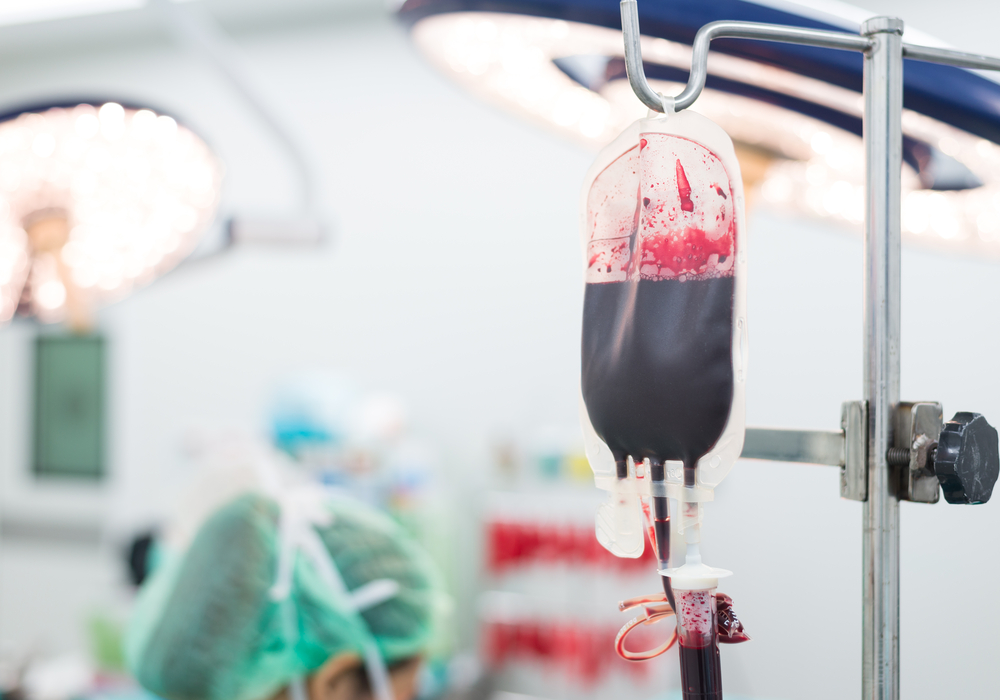Transfusion-transmitted infections (TTI) have been greatly reduced in numbers due to the strict donor selection and screening procedures, i.e. the availability of technologies to test donors for endemic infections, and routine vigilance of regulatory authorities in every step of the blood supply chain (collection, processing and storage). However, safety improvement is still a matter of concern because infection zero-risk in transfusion medicine is non-existent. Alternatives are required to assure the safety of the transfusion product and to provide a substitution to systematic blood screening tests, especially in less-developed countries or at the war-field.
Furthermore, the increasing mobility of the population due to traveling poses a new challenge in the endemic screening tests routinely used, because non-endemic pathogens might emerge in a specific population. Pathogen reduction treatments sum a plethora of active approaches to eliminate or reduce potential threatening pathogen load from blood transfusion products. Despite the success of pathogen reduction treatments applied to plasma products, there is still a long way to develop and deploy pathogen reduction treatments to cellular transfusion products (such as platelets, RBCs or even to whole blood) and there is divergence on its acceptance worldwide.
While the use of pathogen reduction treatments in platelets is performed routinely in a fair number of European blood banks, most of these treatments are not (or just) licensed in the USA or elsewhere in the world. The development of pathogen reduction treatments for RBC and whole blood is still in its infancy and under clinical trials. In this review, we discuss the available and emerging pathogen reduction treatments and their advantages and disadvantages. Furthermore, we highlight the importance of characterizing standard transfusion products with current and emerging approaches (OMICS) and clinical outcome, and integrating this information on a database, thinking on the benefits it might bring in the future toward personalized transfusion therapies.
Transfus Apher Sci. 2015 Feb;52(1):19-34. doi: 10.1016/j.transci.2014.12.016. Epub 2014 Dec 30.
Development of blood transfusion product pathogen reduction treatments: a review of methods, current applications and demands.
Salunkhe V1, van der Meer PF2, de Korte D3, Seghatchian J4, Gutiérrez L5.



